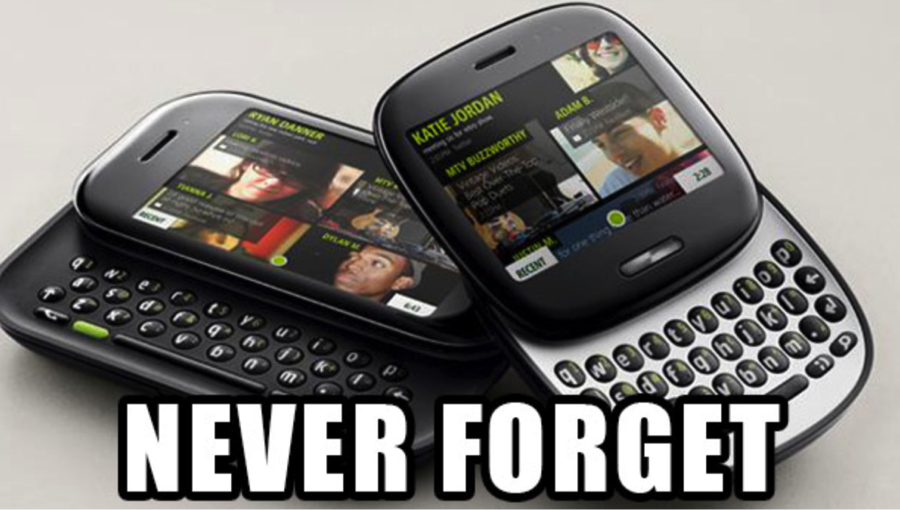4 things that online giving and the worst cell phones in history have in common
Remember the Microsoft Kin?
It was a mobile phone that targeted people between ages 15 and 30.
Microsoft invested a billion dollars to get this gadget off the ground in 2010.
Within two months, they stopped.
Wired.com stated, quite frankly, “Microsoft’s attempt to be hip and cool in mobile is a bust.”
The main problem with this cell phone? Confusion.
Like the other cell phone launches that didn’t work, Microsoft chased fads, targeted the wrong audience, tried to do too much, and didn’t think through what it would actually be like for customers to use the phone.
Let’s go step-by-step through these four misfires. But this time, think about them in terms of your current online giving software.
1. Chasing fads.
Like the cell phone industry, donation software companies chase fads.
But they don’t use the word “fads.” They use the word features. For instance…
Text-To-Give
Nothing wrong with text-to-give, by the way. But I’ve yet to meet one single pastor on planet earth who told me, “We met our church budget last year! And text-to-give was the thing that did it for us!”
Nope.
Church leaders, what have you consistently paid for in your life using text?
If you’re banking on a new, shiny feature to eliminate your church budget’s obstacles, you’re barking up the Microsoft Kin tree.
Because I care about you, your church, its budget, and the staff members who work for you (or will in the future), I’ll be clear…
DON’T BASE YOUR FINANCIAL FUTURE ON A FEATURE
If an online tithing platform talks more about its features than it does your budget, the focus is in the absolute wrong place.
An App
Again, nothing wrong with an App.
But the pastors I know who are dominating digital giving—none of them are talking about an App.
They don’t attribute their financial flourishing to a feature.
If you want to grow, focus on…
-
robust, strategic messaging to your congregation
-
and simple, intuitive technology
Don’t focus on features.
That’s why
was created.
Our motivation…..YOU.
Our goal…..YOUR BUDGET.
When it comes to technology, we take our cues from the iPhone, not the Microsoft Kin. Our software is simple, intuitive, fast, and easy to navigate.
But we also focus on the #1 thing that will take your online giving to the next level: congregation communication.
2. Targeting the wrong audience.
Pastors, you have a heart for the next generation. And very few things are more important than that. That’s the future of the church!
It does not mean, however, that you need to target your digital giving strategy towards them.
With rare exceptions, your biggest and most consistent donations come from a generation with higher responsibility and more stable finances. I would target them, and train the next generation to learn from their example.
When it comes to choosing a bank or an investment strategy, I look for establishments that are stable, secure, and focused on me. Not because I’m selfish. Not because I’m a traditionalist. And not because I’m trying to ignore what the next generation is interested in. But because I want to be a good steward of my money.
You, too, want to be a good steward of your church’s finances. If you chase features that appeal to a younger generation, you may be missing the point: more money for ministry.
ONLINE GIVING COMPANIES SHOULD TALK MOST ABOUT YOUR CHURCH BUDGET. WHY? BECAUSE THAT’S WHY THEY EXIST!
3. Trying to do too much.
This another way that focusing on features limits your ability to go to the next level with your digital giving.
It’s not focused.
Lack of clarity will slow your digital giving strategy down to a crawl.
(P.S. That’s another reason why we saw that it was urgent to create Rocket Donations. Most churches we talked to didn’t even have a digital giving strategy. They had a VENDOR who was giving them a technology service. They needed a PARTNER who was giving them a budget-growing strategy).
As a pastor or financial leader, you probably get a lot of requests from individuals and non-profits who want you to support their vision or dream. Have you noticed how some of them are crystal clear (and simple) with their call to action, and some are muddled and confusing?
I met with a pastor recently who wanted me to support his vision to reach college-aged students. His heart was gold. His intentions were pure. But his plan was so confusing that I wasn’t even sure what he wanted me to do.
The main problem: he had too many different things he was putting in front of me.
Your digital giving service doesn’t need to be like a flight on a major airline: headphones, movies, snack carts, overhead compartments, seat changes, etc.
It needs to be like a leer jet. You jump on board, and it takes you where you want to go as fast as possible.
This is our philosophy with Rocket Donations…
Fast > Slow
Simple > Complicated
4. Not planning with the end user in mind.
The reason why I harp on software services that focus on themselves more than you is not because I’m trying to be mean. It’s because I’m trying clarify for you where confusion originates.
In the same way that Rocket Donations focuses on you, your financial team, and your church budget, you need to think about your congregation.
How do most of them make automated payments for their most important bills?
Through simple, recurring online bill pay.
So why would you approach their generosity any differently?
Why not speak to something they already know in a way that they already understand?
Vendor vs. Partner
The hardest part of what we do is helping pastors like you think through decisions like this from an investment standpoint.
Most churches are used to software vendors.
Vendors are an expense.
Partners are an investment.
And like any investment, you should be seeing return on what you put in.
Ready to come on board with a true digital giving partner like Rocket Donations?



